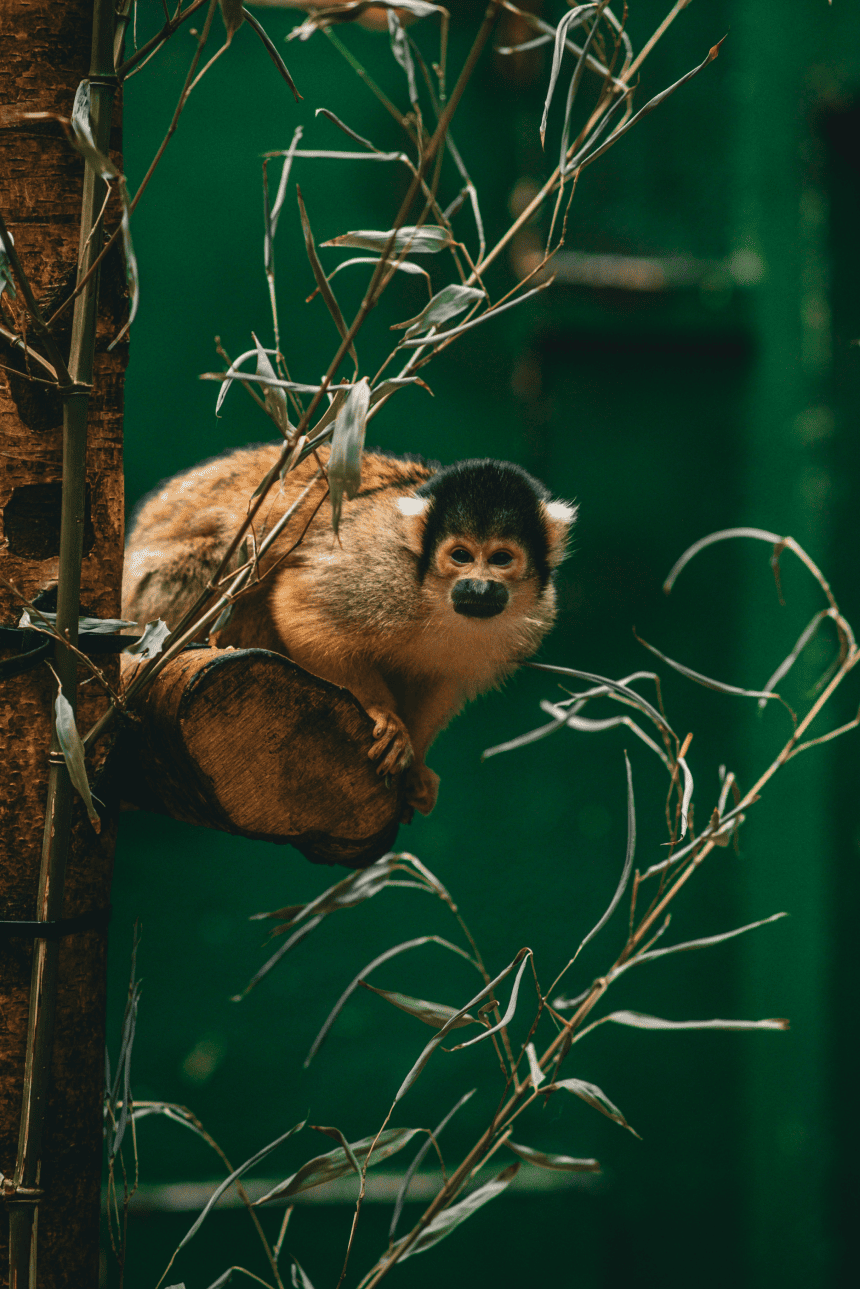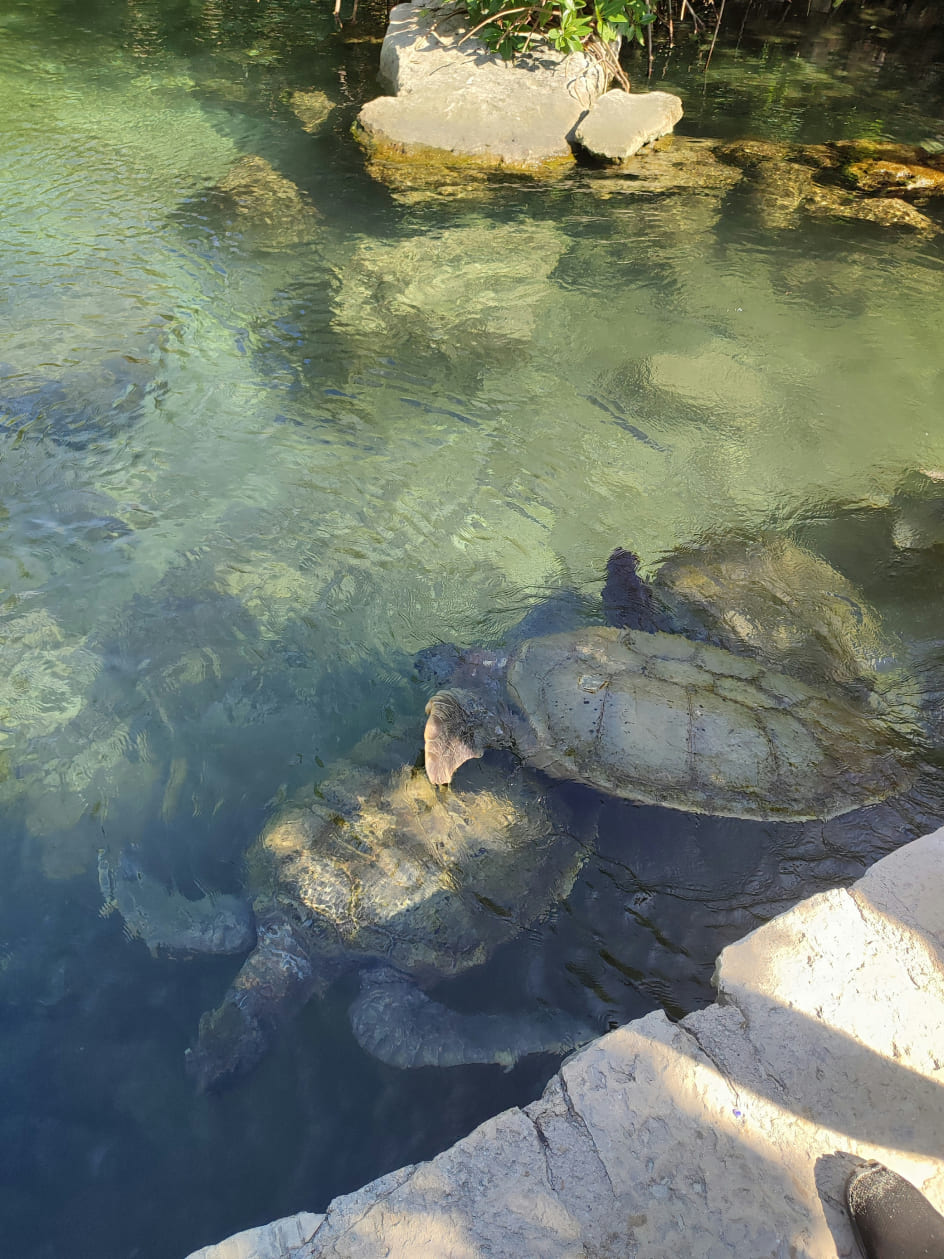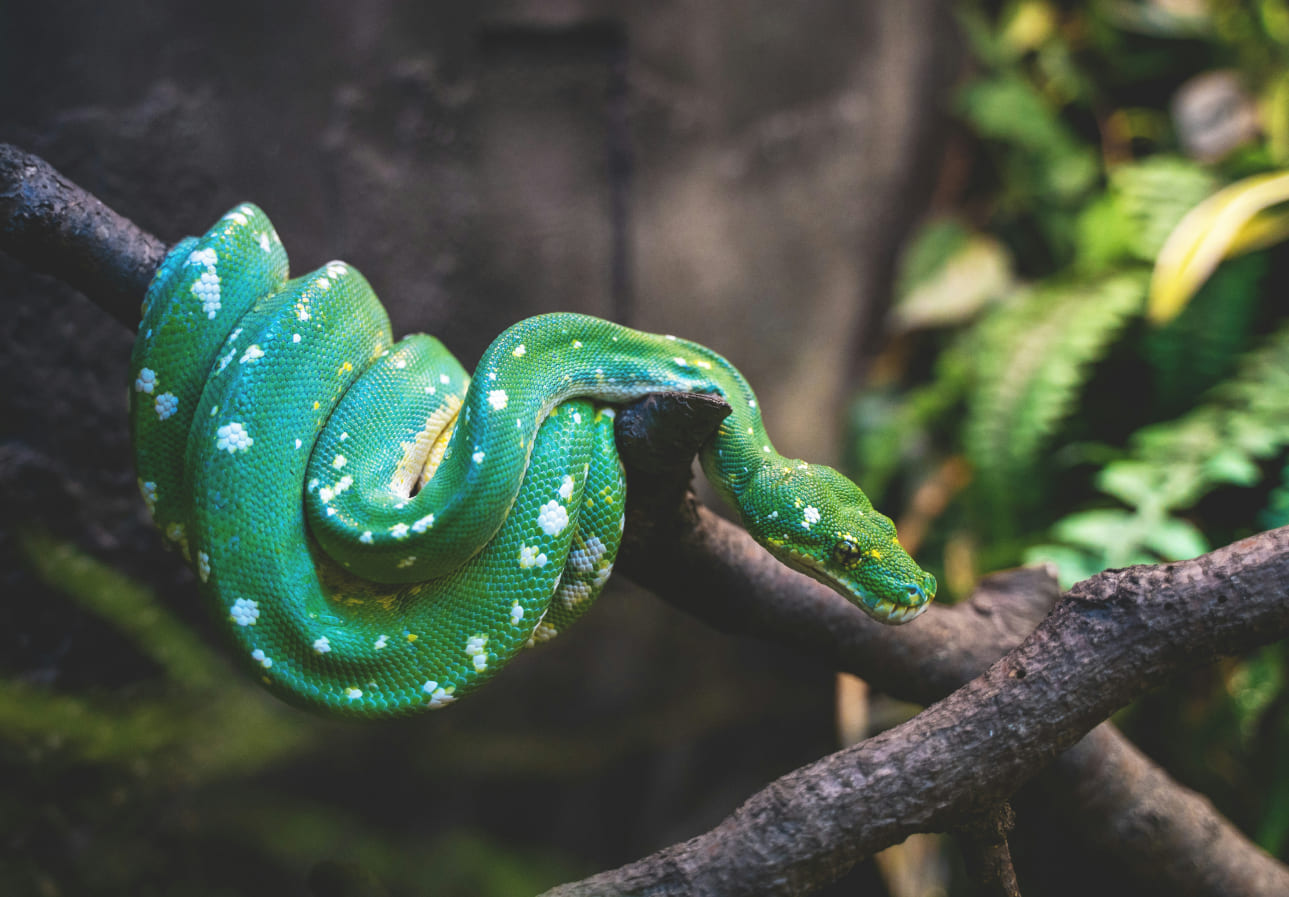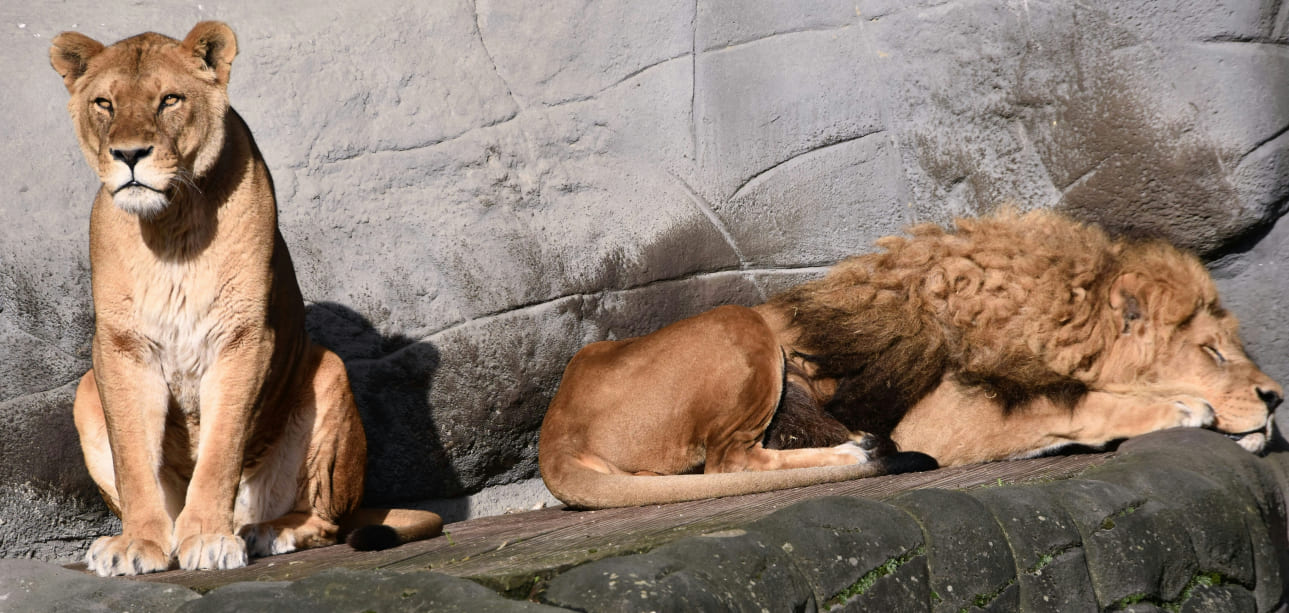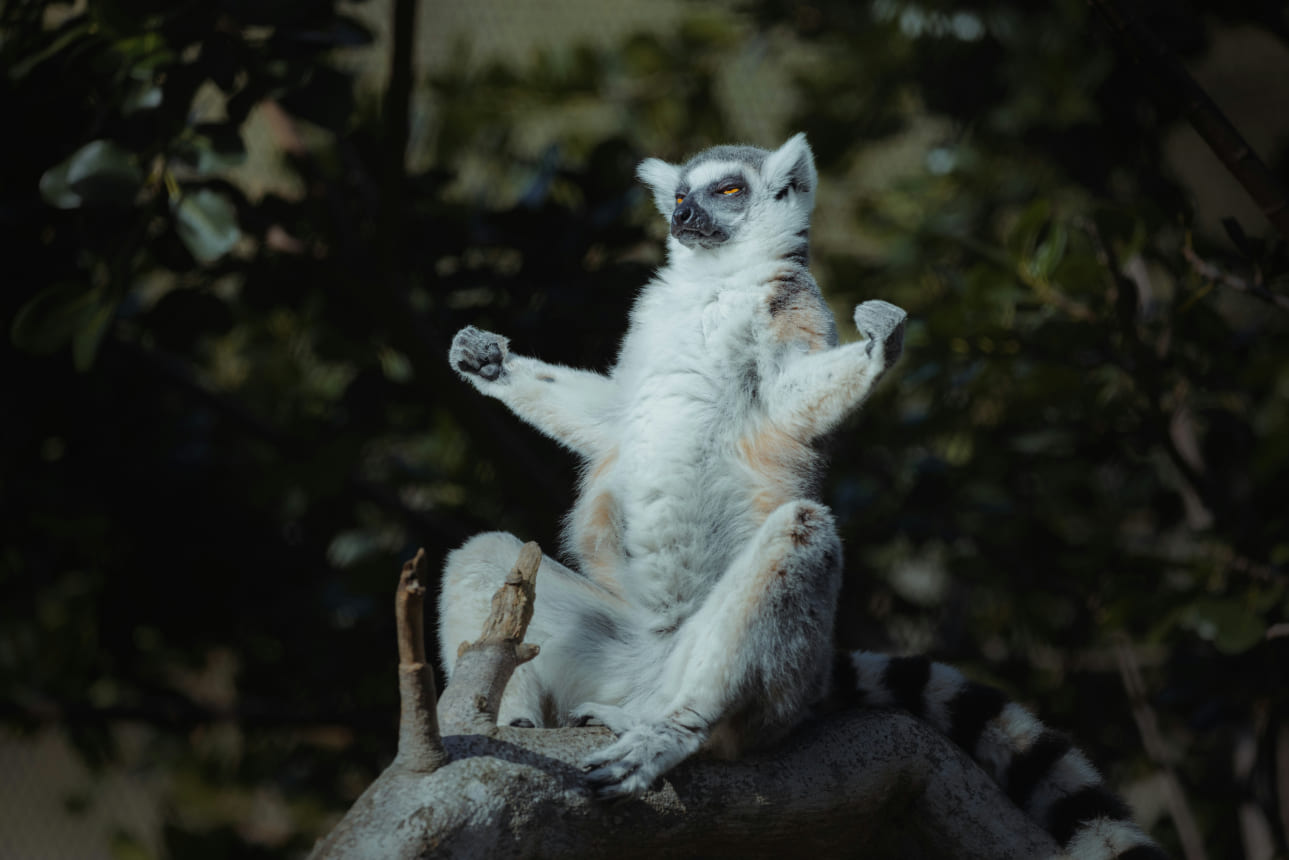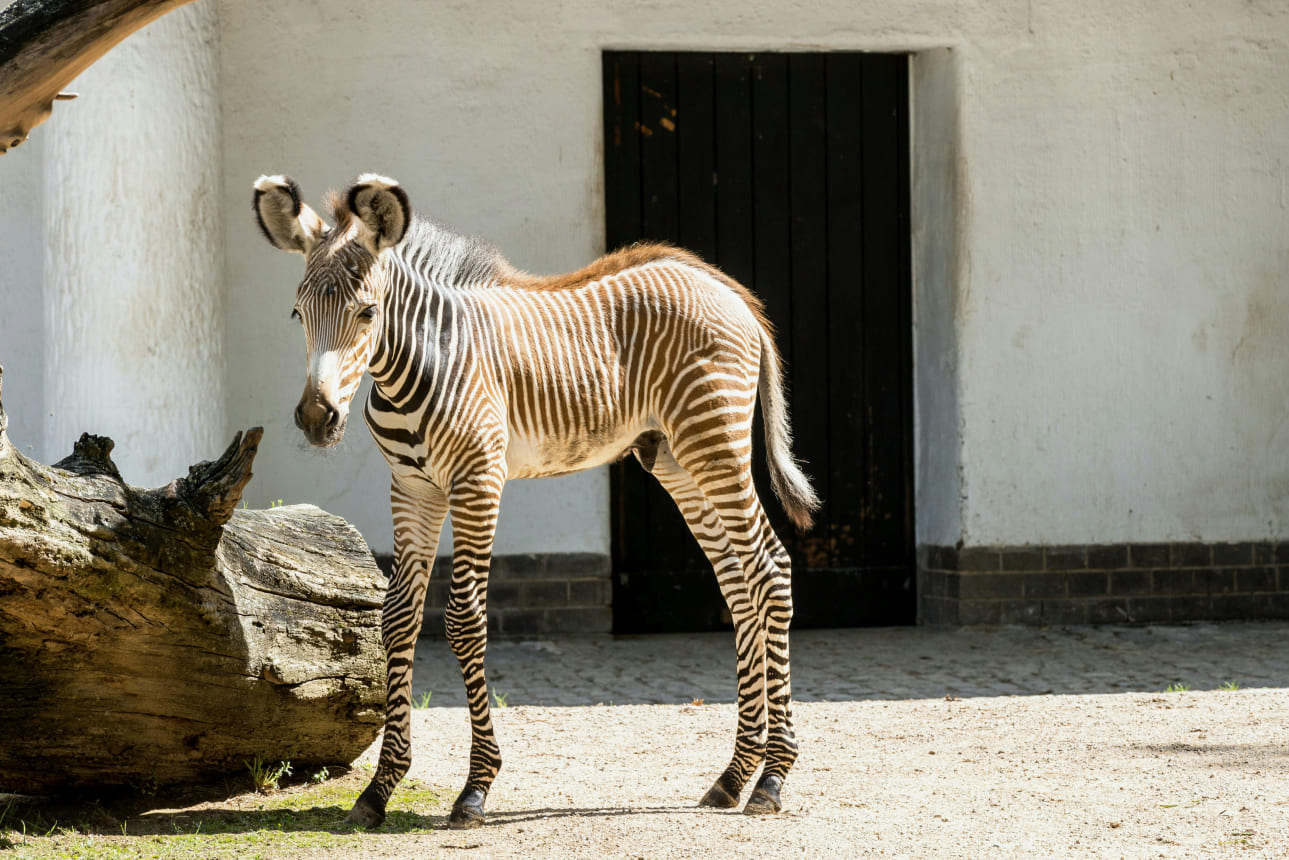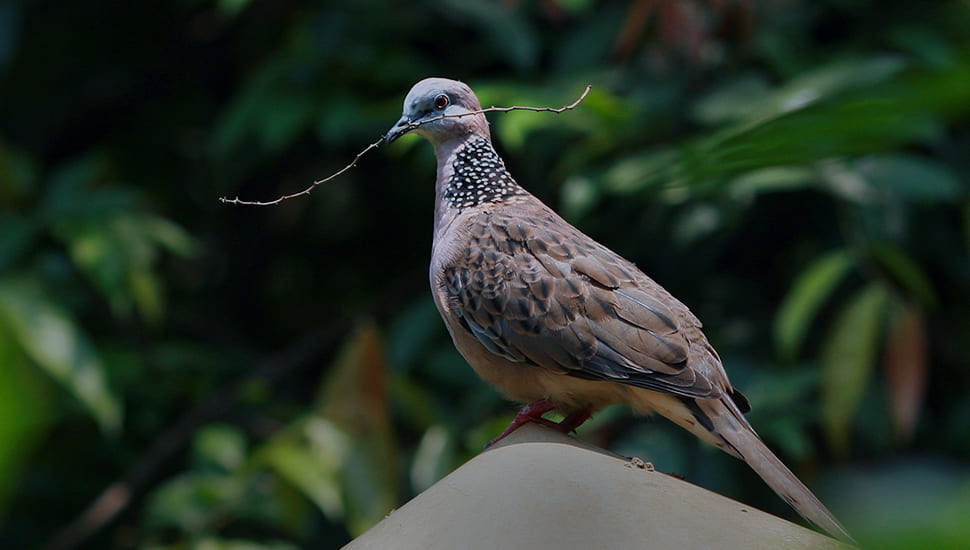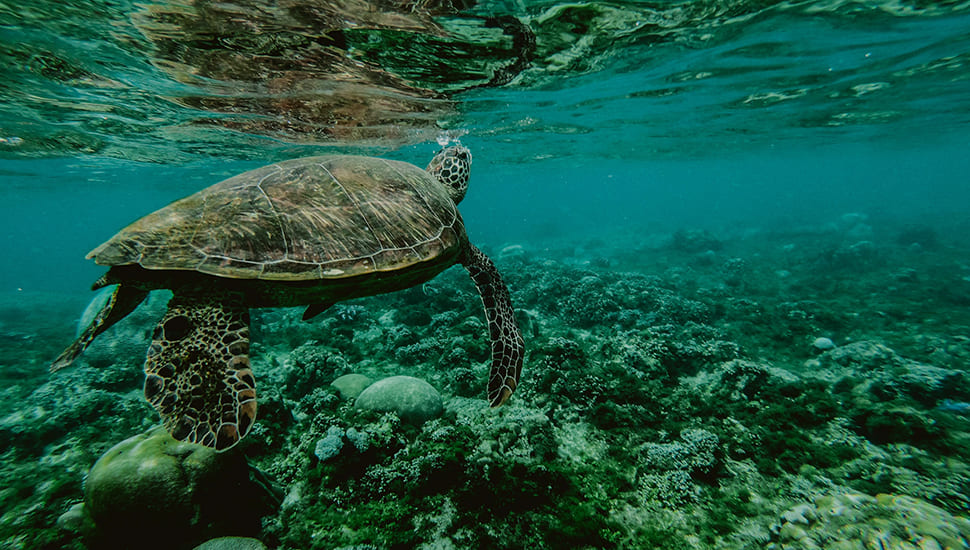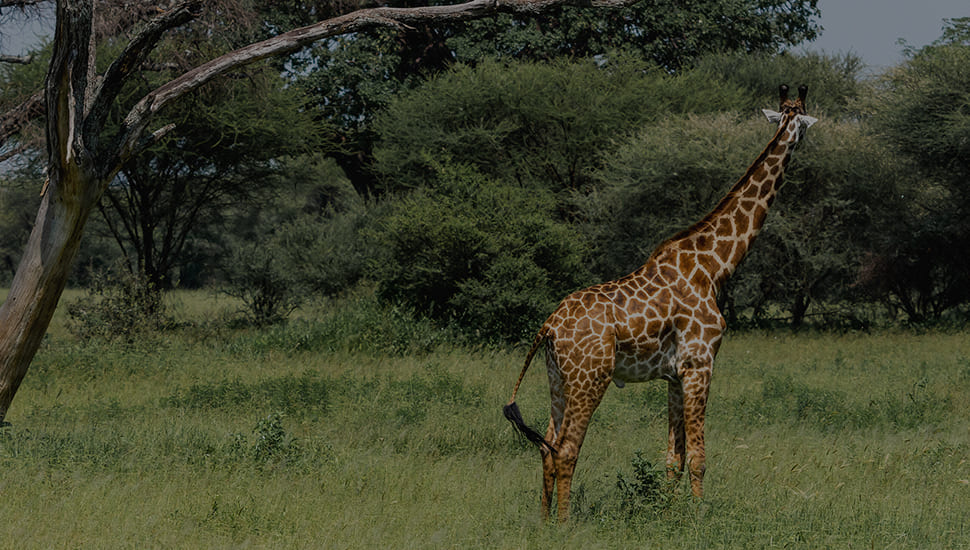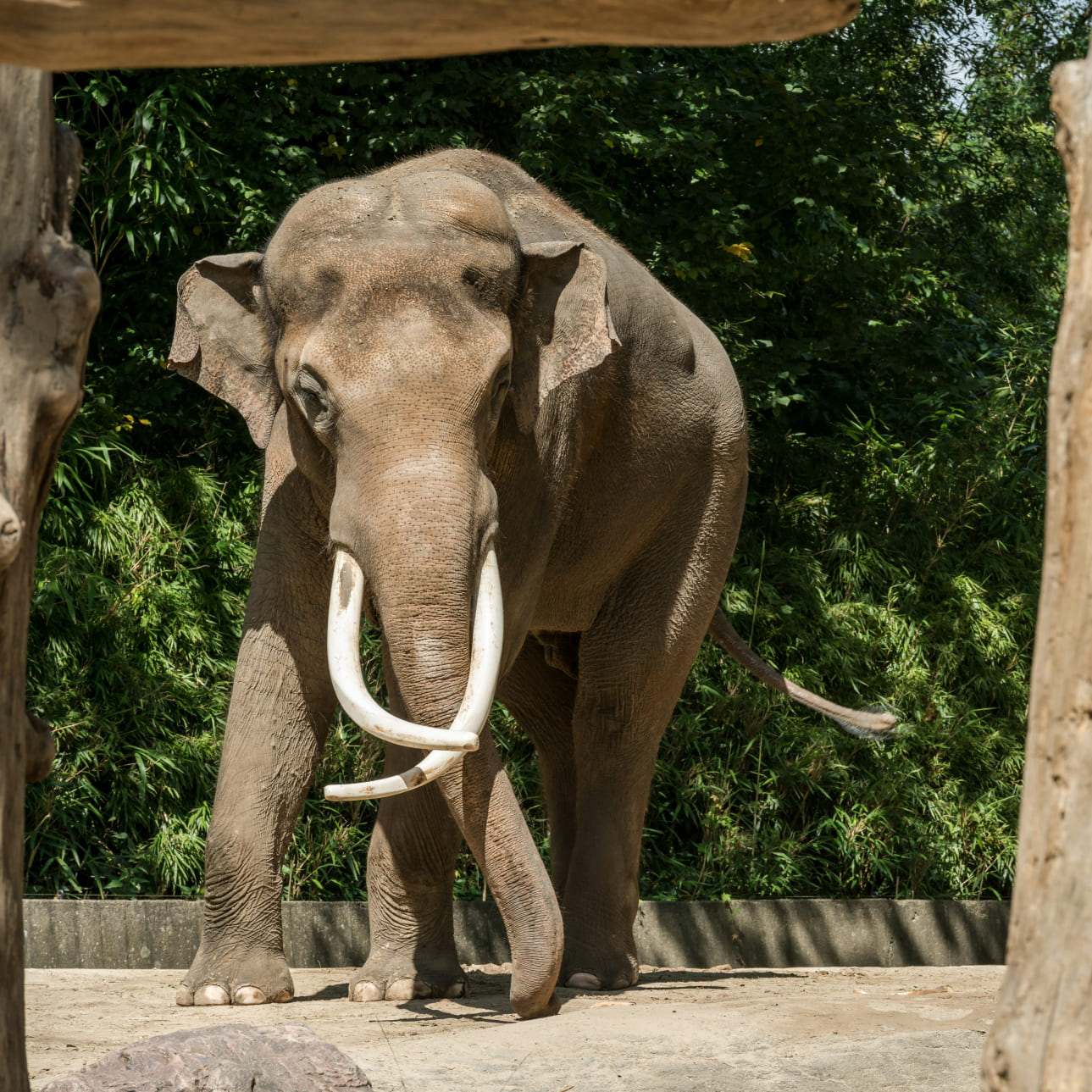"Our Amazon expedition was a dream come true! On our first day, we saw a pink river dolphin playing in the waters near our boat—it felt magical. Later, while hiking through the rainforest, we encountered a group of playful monkeys swinging through the treetops. Their energy was infectious, and it was amazing to see them in their natural habitat.
The most breathtaking moment was at dusk when we spotted a jaguar drinking from a riverbank. Our guide explained how rare it is to see these elusive creatures in the wild, and I couldn’t believe our luck. The Amazon is truly alive with wonder; even the tiniest creatures, like vibrant tree frogs and colorful insects, caught our attention.
This trip taught me so much about the interconnectedness of life in the rainforest and the urgent need to conserve it. Seeing these animals in their natural surroundings was an unforgettable experience that I will cherish forever."
